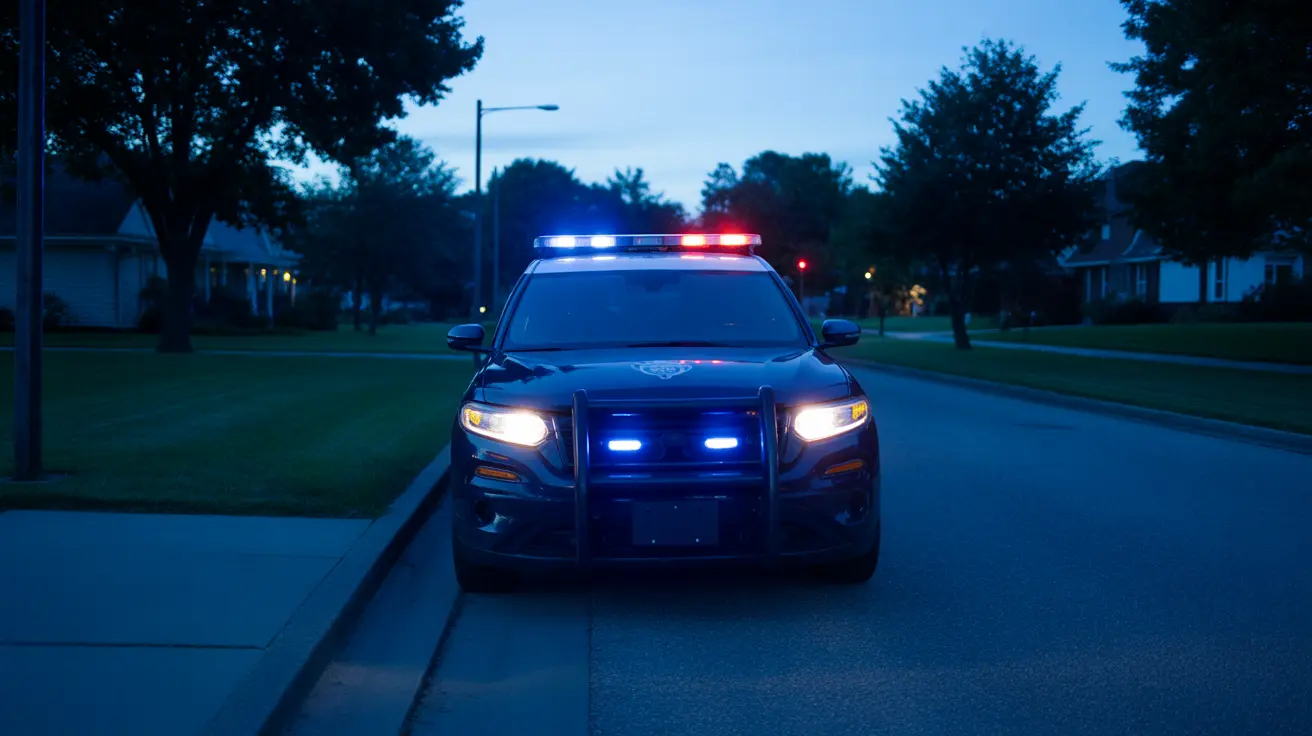Can You Leave Your Dog Alone While Wearing a Cone?
After a surgery or during a medical treatment, your dog might be required to wear an E-collar — commonly called a 'cone.' This plastic or fabric device prevents them from licking, biting, or scratching wounds or irritated skin. While it’s vital for healing, many pet owners wonder: Can I leave my dog alone with a cone on? Let’s explore the risks, tips, and strategies to ensure your furry friend stays safe and comfortable while healing.
Understanding the Purpose of the Cone
The cone, or Elizabethan collar, acts as a barrier to stop your dog from disturbing injury sites or surgical incisions. This reduces the risk of infection, re-opening wounds, or interfering with prescribed topical treatments.
Is It Safe to Leave Your Dog Alone with a Cone?
It depends on several factors:
- Dog’s behavior and temperament: Calm, crate-trained dogs may adjust more easily to being alone with a cone.
- Duration of your absence: Anything beyond a few hours warrants careful consideration and preparation.
- Type of cone: Some collars are more comfortable and less restrictive than traditional plastic cones.
In general, it’s safe for short durations (1–4 hours) if your dog has acclimated well to the cone and the environment is safe.
Potential Risks
- Getting stuck or injured: Dogs might bump into furniture or get stuck in narrow spaces, causing panic or injury.
- Choking hazards: If the cone is too loose or becomes caught on an object, it could become a choking risk.
- Drinking and eating difficulties: Some dogs struggle to reach food or water dishes, which can lead to frustration or dehydration.
Tips for Leaving a Dog Alone with a Cone
- Supervise at first: Always observe how your dog behaves in the cone before leaving them unsupervised.
- Use alternatives: Consider inflatable collars, soft cones, or surgical recovery suits for increased comfort.
- Dog-proof the space: Clear areas of clutter, narrow gaps, or sharp objects that could cause injury.
- Provide comfort and enrichment: Offer safe chew toys, puzzle feeders, and a cozy space to reduce stress.
- Adjust food and water bowls: Use elevated or wider bowls to accommodate the cone.
How Long Is Too Long?
For most dogs, a few hours alone with a cone is tolerable if preparations are made. If you need to be away longer:
- Arrange for a pet sitter
- Use a doggy daycare service
- Ask a neighbor or friend for check-ins
Training and Acclimation
Help your dog get used to wearing a cone by gradually increasing the wear time under supervision. Offer treats and reassurance to create positive associations. Eventually, your dog will become more relaxed and capable of being left alone for short durations.
When to Avoid Leaving Your Dog Alone
- Your dog is anxious or disoriented
- They are prone to panic or destructive behavior
- You’ve just introduced the cone
In such cases, wait until your dog is fully comfortable and confident moving in the cone.
Final Thoughts
While leaving a dog alone with a cone on isn’t ideal, it is often necessary. With the right precautions, environment, and equipment, it’s a manageable and safe experience for both you and your pet. Always monitor their behavior and comfort with the cone in various contexts before deciding to leave them unattended.





